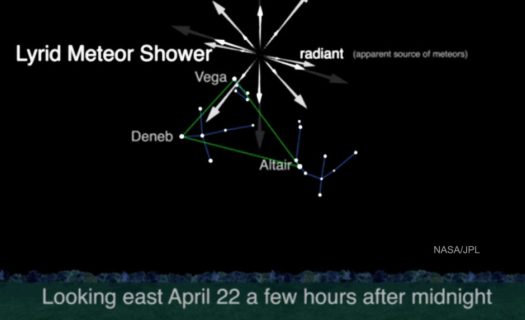
In 2017, Hershel Shanks retired. He was the founder of the Biblical Archaeology Society and the editor of Biblical Archaeology Review for 42 years. Shanks is important to those of us interested in apologetics because he caused the contents of the Dead Sea Scrolls to become available to the general public. He also has been useful in getting material supporting belief in the Bible as the Word of God into the hands of the public. A recent example is evidence that David was, in fact, the historical figure the Bible depicts–a belief biblical minimalists have challenged.
The Dead Sea Scrolls were discovered in the late 1940s, and thousands of fragments were housed in the Palestine Archaeological Museum which is now called the Rockefeller Museum. A scroll publication team with an editor-in-chief supervised the assembling and reproduction of the scrolls. However, virtually no reproductions had been made available so research on the contents of the scrolls not possible.
When the Dead Sea Scrolls were unavailable for study, skeptics attacked the Bible, and the media carried all kinds of claims about what the scrolls contained. One story was that the scrolls said that Jesus was “the great teacher of the Essenes.” Some people made claims that the scrolls showed that apocryphal books should be validated as part of the biblical canon. Shanks began a public campaign to make the scrolls available to researchers, students, and the general public. Hebrew University professor, Emanuel Tov, became the editor-in-chief of the publication team and during his tenure over 100 scholars contributed to the release of the scrolls’ contents.
Hershel Shanks published a preliminary edition of the unpublished Dead Sea Scrolls in 1991, and a landslide of demands for full disclosure of all of the documents followed. Today the Dead Sea Scrolls are housed in a special building in Jerusalem called “The Shrine of the Book.” They are also available to view in high definition for free on the internet. To see them click here.
The scrolls provide great support for belief in the Bible as the Word of God. You can read many articles that we have published over the years showing archaeological support for the Bible on our journal archives at doesgodexist.org.
–John N. Clayton © 2018
Reference: Biblical Archaeology Review, March/April/May/June 2018, Vol. 44, numbers 2 & 3, page 24.





 Are you Jesus?
Are you Jesus?


